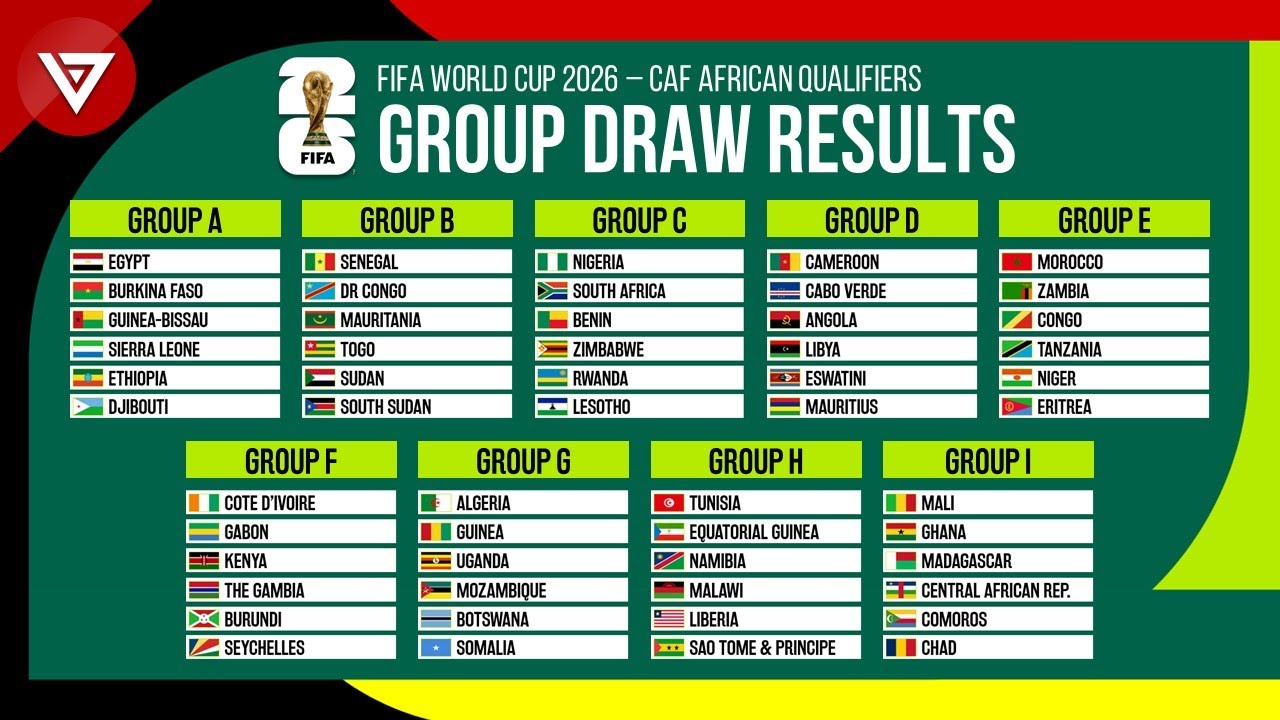Prepare for a significant shift in the rhythm of global football. FIFA has announced a sweeping change to the international match calendar, consolidating the traditional September and October breaks into a single, extended window from 2026. This «revolution,» as some are calling it, promises a new dynamic for both national teams and the clubs that reluctantly release their prized assets.
The Grand Consolidation: A Three-Week Bloc
From the 2026 season until at least 2030, the familiar two-part international break sequence in autumn will be no more. Instead, FIFA`s new decree dictates a singular, elongated pause stretching for three full weeks. Specifically, football leagues across the globe will halt their operations from September 21st to October 6th – a period designed to accommodate national team duties.
During this extended window, national squads will engage in a more concentrated schedule, playing four matches. This represents a departure from the current model, where two matches are typically played in September and another two in October. The goal, according to football`s governing body, is multifaceted, aiming to address some long-standing logistical and player welfare concerns.
Why the Change? FIFA`s Dual Objectives
At the heart of FIFA`s decision lie two primary objectives:
- Reducing Player Travel Fatigue: The perennial complaint from players and clubs alike has been the constant, fragmented travel across continents for brief national team stints. By merging two separate breaks into one, FIFA hopes to significantly cut down on the cumulative travel time and the disruptive cycle of returning to clubs, only to pack bags again weeks later. While players will still travel, the idea is that one longer journey is less taxing than two shorter, disjointed ones. One might even suggest it`s a quantum leap in efficiency, or at least a notable shuffle in the travel itinerary.
- Enhancing National Team Cohesion: For national team coaches, this extended period is a veritable gift. Instead of scrambling to implement tactics and foster team spirit over a few days, they will now have a substantial three weeks with their chosen squads. This ample time allows for more thorough training sessions, deeper tactical integration, and stronger team bonding, potentially leading to better-drilled and more formidable national sides on the pitch. Imagine the luxury of a full fortnight to fine-tune a pressing strategy!
Implications for Club Football: A Mid-Season Void
While national teams and player welfare are touted as the primary beneficiaries, the impact on club football is undeniable. Domestic leagues will face an uninterrupted three-week hiatus, a longer pause than many are accustomed to mid-season. For clubs, this means:
- Extended Player Absence: Key international players will be away from their clubs for a more prolonged period, potentially disrupting training routines and competitive rhythms. Managers will need to plan meticulously for this substantial void.
- Scheduling Challenges: Leagues and competition organizers will need to adjust their calendars to accommodate this new block. The article notes that the new break will end on a Tuesday, implying domestic league action wouldn`t resume until the following weekend, around October 10th.
- Tactical Reset: Upon their return, players will need time to reintegrate into their club systems, having spent weeks immersed in a different tactical philosophy.
There`s a certain irony in a «revolution» that seeks to reduce player burden by making them unavailable to their employers for an even longer, albeit continuous, stretch. The balancing act between the demands of club and country remains a delicate one, and this new calendar iteration is FIFA`s latest attempt to recalibrate the scales.
Looking Ahead: A New Landscape for Football
This calendar modification is not a temporary experiment but a commitment from FIFA, set to run for at least four years. It signifies a long-term strategic vision for the international game, attempting to optimize the preparation of national teams while addressing player concerns about relentless travel.
As the football world gears up for this new structure in 2026, the success of this «revolution» will be measured not just by FIFA`s stated objectives, but by the on-field performance of national teams, the adaptation of club football, and most importantly, the tangible well-being of the players who are at the heart of it all. Only time will tell if this consolidated break truly delivers on its promise of a more efficient and less burdensome international football experience, or if it merely shifts the existing complexities to a different part of the calendar.

